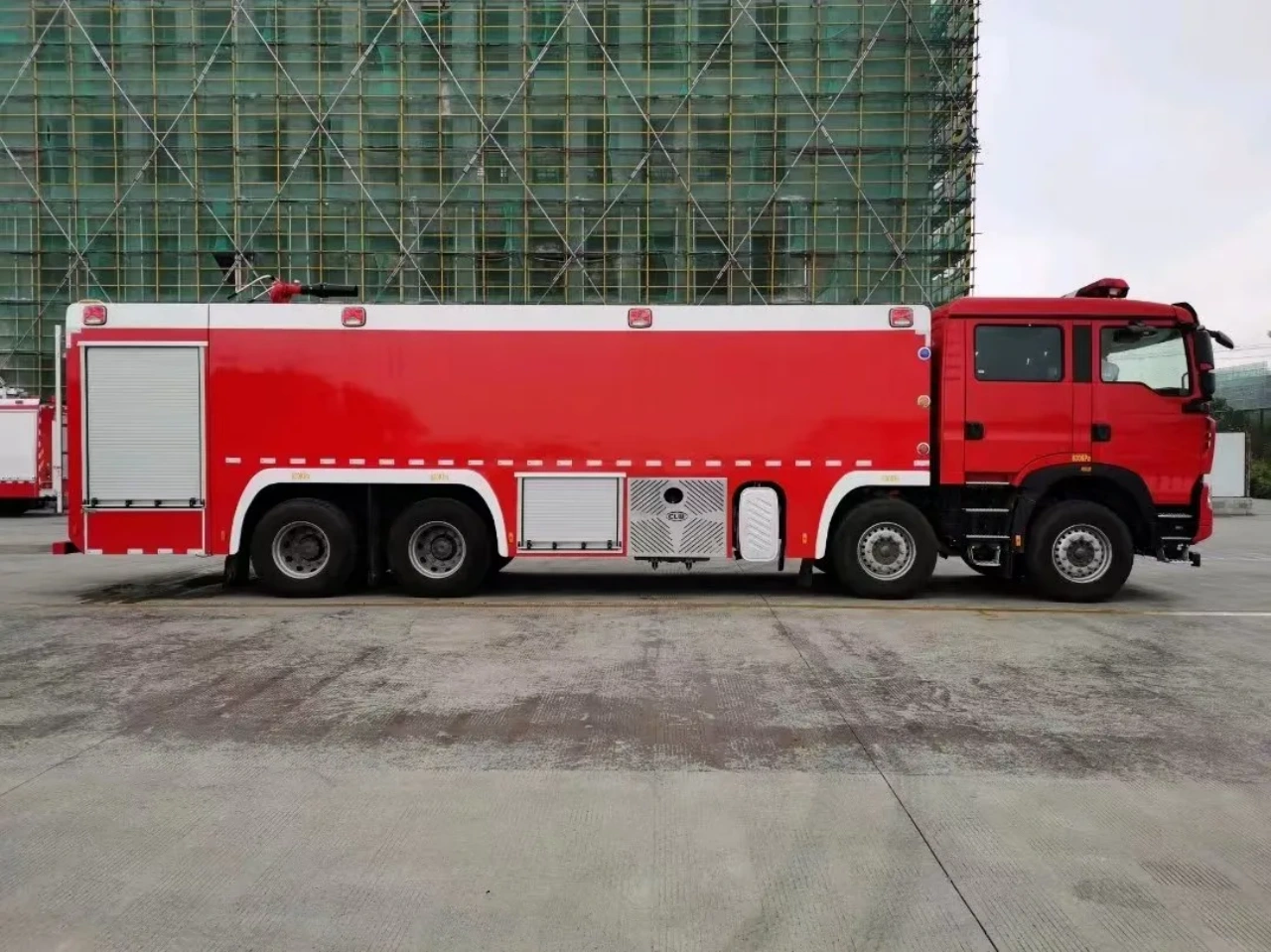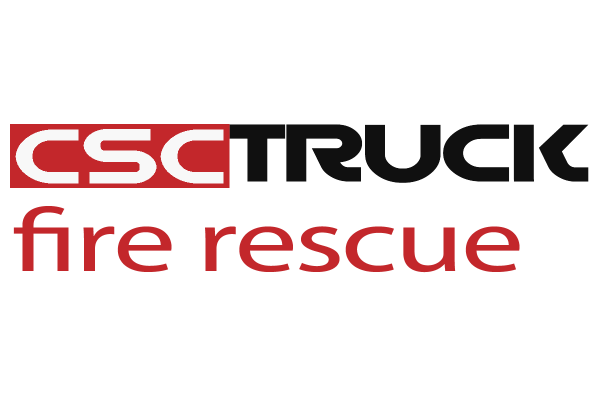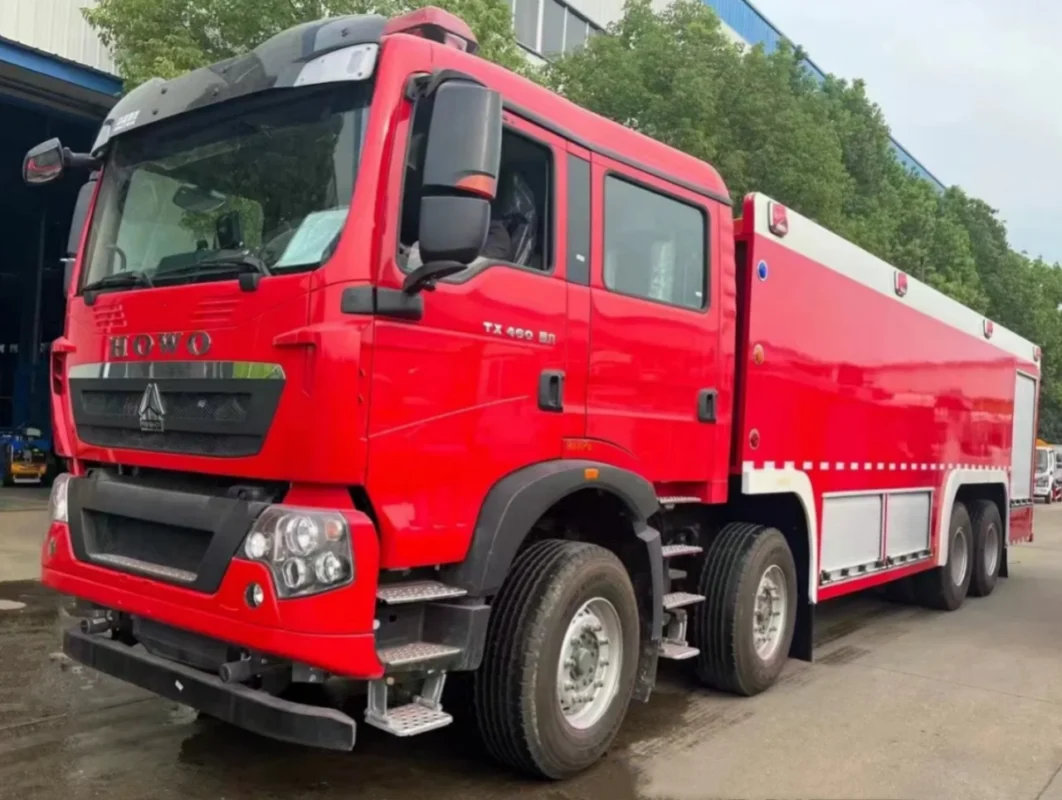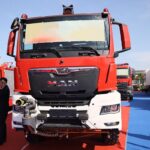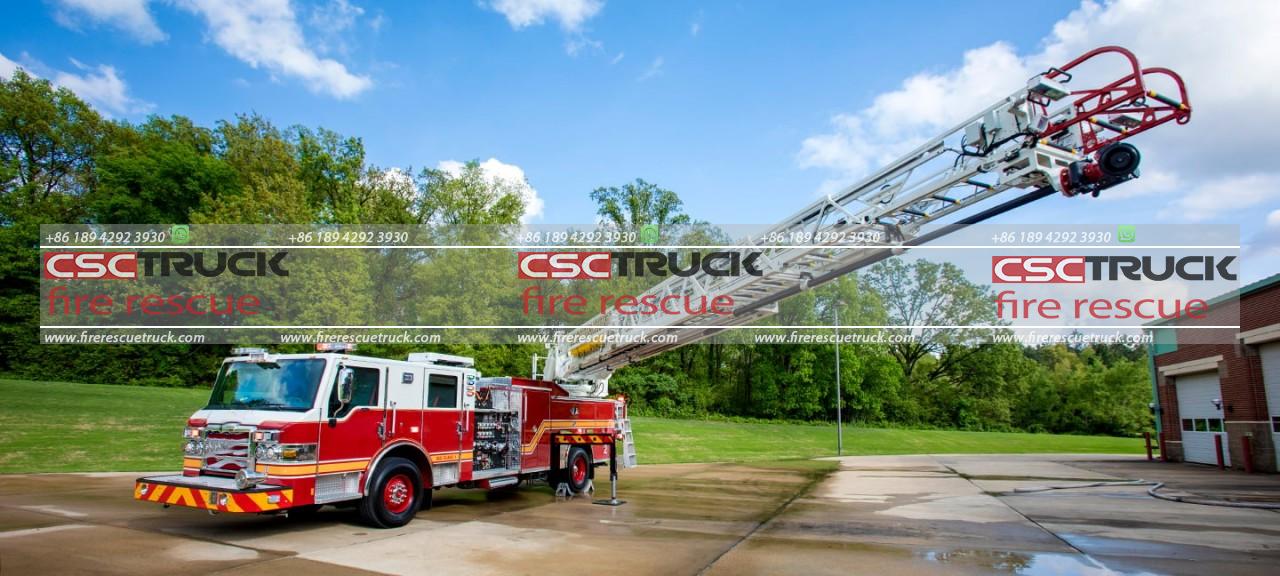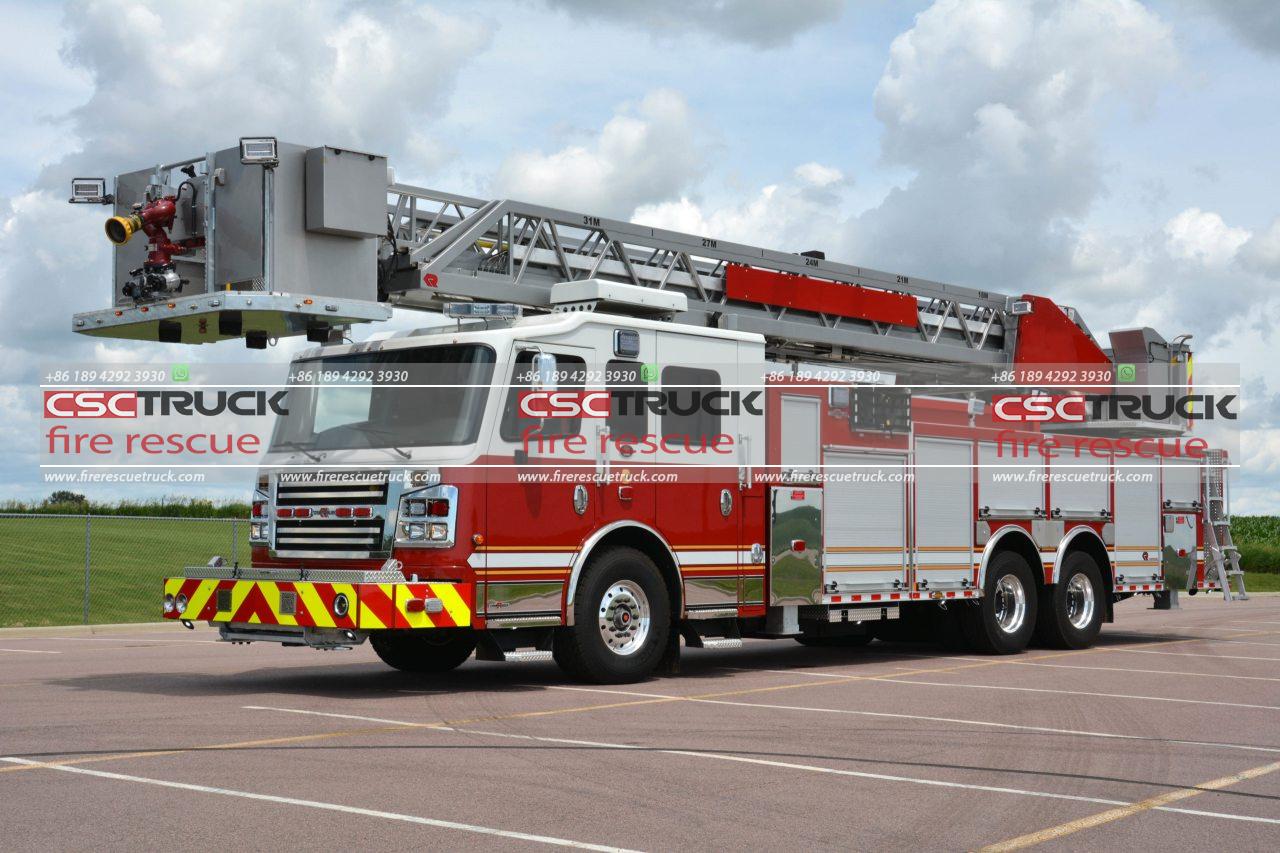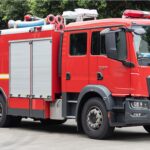In the critical moments of a fire emergency, every second matters. The effectiveness of firefighting operations often hinges on the speed and reliability of water delivery systems. Among the most essential tools for fire departments across the globe is the pumper fire truck, also known as a fire engine. These vehicles are the backbone of urban and rural fire response units, providing not just transportation for firefighters but also rapid water supply and pumping capabilities. This article explores the importance of efficient pumper fire trucks, their features, design considerations, and how technological advancements are enhancing their performance.
The Role of a Pumper Fire Truck
A pumper fire truck is designed primarily for firefighting through water delivery and pumping. It is equipped with a water pump, water tank, and various hose connections. The primary function of this type of fire truck is to deliver water at high pressure directly to the scene of a fire, allowing firefighters to control and extinguish fires quickly. In many modern fire departments, the pumper serves as the first line of defense, arriving first on the scene and initiating suppression activities before additional support arrives.
Pumper trucks are also tasked with drafting water from external sources like lakes, rivers, or hydrants and then boosting the pressure to ensure a strong, steady stream. This versatility makes them indispensable in both urban environments with hydrant systems and rural areas where natural water sources must be used.
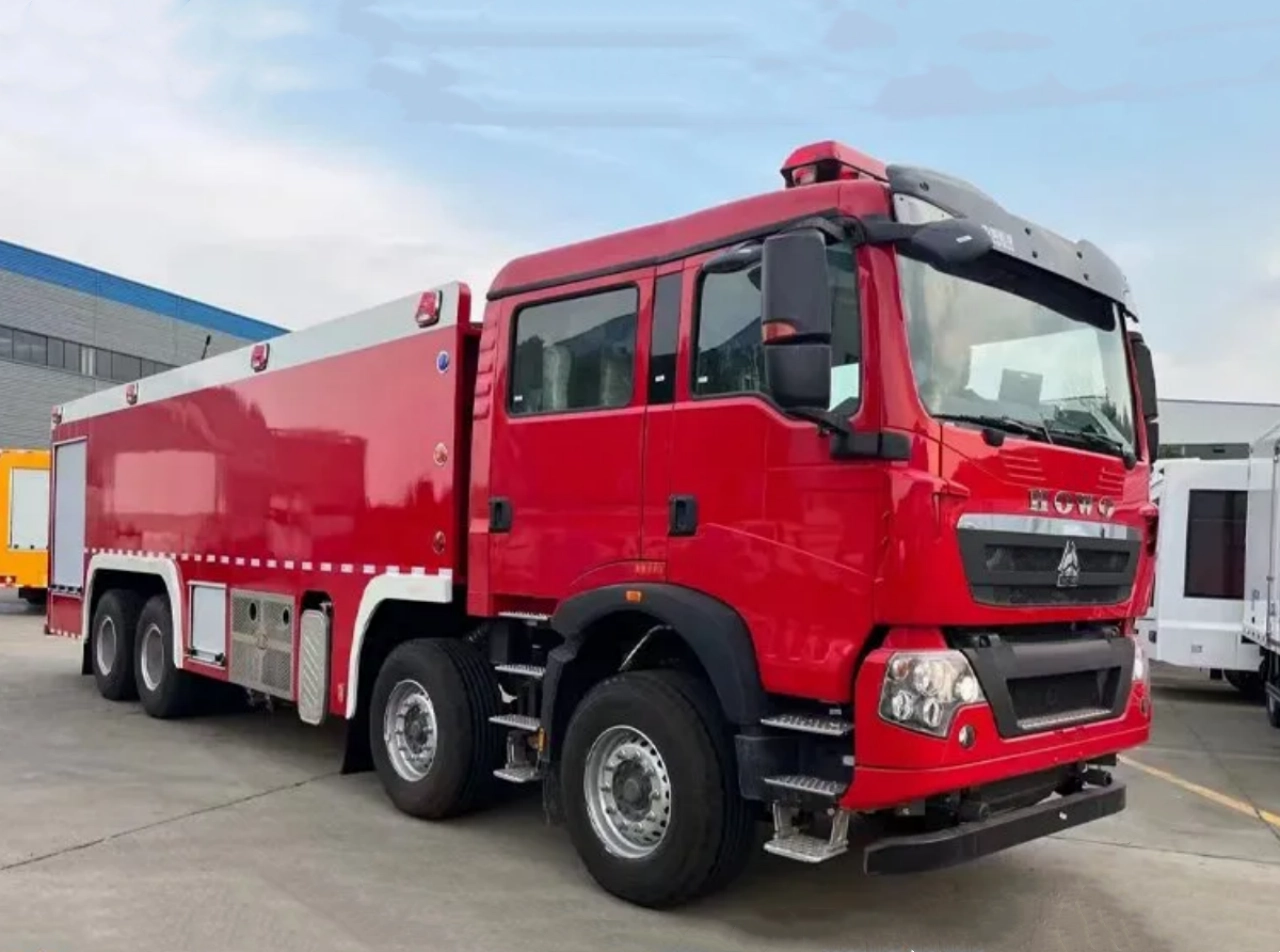
Key Features for Fast Water Delivery
1. High-Performance Water Pump
At the heart of any pumper truck is the water pump. Efficient pumper fire trucks are typically equipped with centrifugal pumps, capable of delivering water at pressures ranging from 1,000 to 2,000 gallons per minute (GPM) or more. The pump is powered by the vehicle’s engine or a dedicated auxiliary motor, enabling flexible operation under a variety of conditions. High GPM ratings are vital in delivering large volumes of water quickly, especially during multi-alarm fires or industrial blazes.
2. Quick-Connect Hose Reels and Outlets
Rapid deployment is critical in firefighting. Efficient pumpers feature pre-connected hose lines mounted on reels, allowing firefighters to begin water flow within seconds of arriving at a scene. Additionally, these trucks include multiple discharge ports to operate several hose lines simultaneously, which is crucial when tackling fires from multiple angles.
3. Integrated Water Tanks
Modern pumper trucks are equipped with onboard water tanks, typically ranging from 500 to 1,000 gallons. This allows crews to begin firefighting immediately upon arrival, without waiting to connect to a hydrant or water source. The tanks are constructed with corrosion-resistant materials and include internal baffles to prevent water surge during transport.
4. Foam Proportioning Systems
In certain fire scenarios, especially those involving flammable liquids or chemicals, water alone may not be effective. Advanced pumper trucks are outfitted with foam proportioning systems, which mix firefighting foam with water. This capability increases the truck’s versatility in different fire situations, improving the chances of a successful suppression.
Innovations Enhancing Pumping Efficiency
The evolution of fire truck design has led to significant innovations that enhance both water delivery and overall firefighting performance.
1. Electronic Pump Control Systems
Digital pump panels with touchscreen displays are increasingly common in modern fire engines. These electronic pump control systems offer real-time monitoring of water pressure, flow rate, and tank levels. Automated pressure regulation reduces the chance of hose bursts or inefficient spray patterns, helping crews focus on firefighting rather than pump management.
2. Pump-and-Roll Capability
Certain situations require water delivery while the vehicle is moving, such as grass fires or roadside blazes. Pump-and-roll technology allows the pump to operate while the truck is in motion, enabling mobile firefighting. This is especially valuable in wildland firefighting, where terrain and fire spread can be unpredictable.
3. Compressed Air Foam Systems (CAFS)
A more advanced form of foam delivery, Compressed Air Foam Systems mix water, foam concentrate, and compressed air to create a powerful and efficient firefighting medium. CAFS reduces water usage, increases cooling ability, and adheres to surfaces better than water alone, making it ideal for structure protection and interior fire attacks.
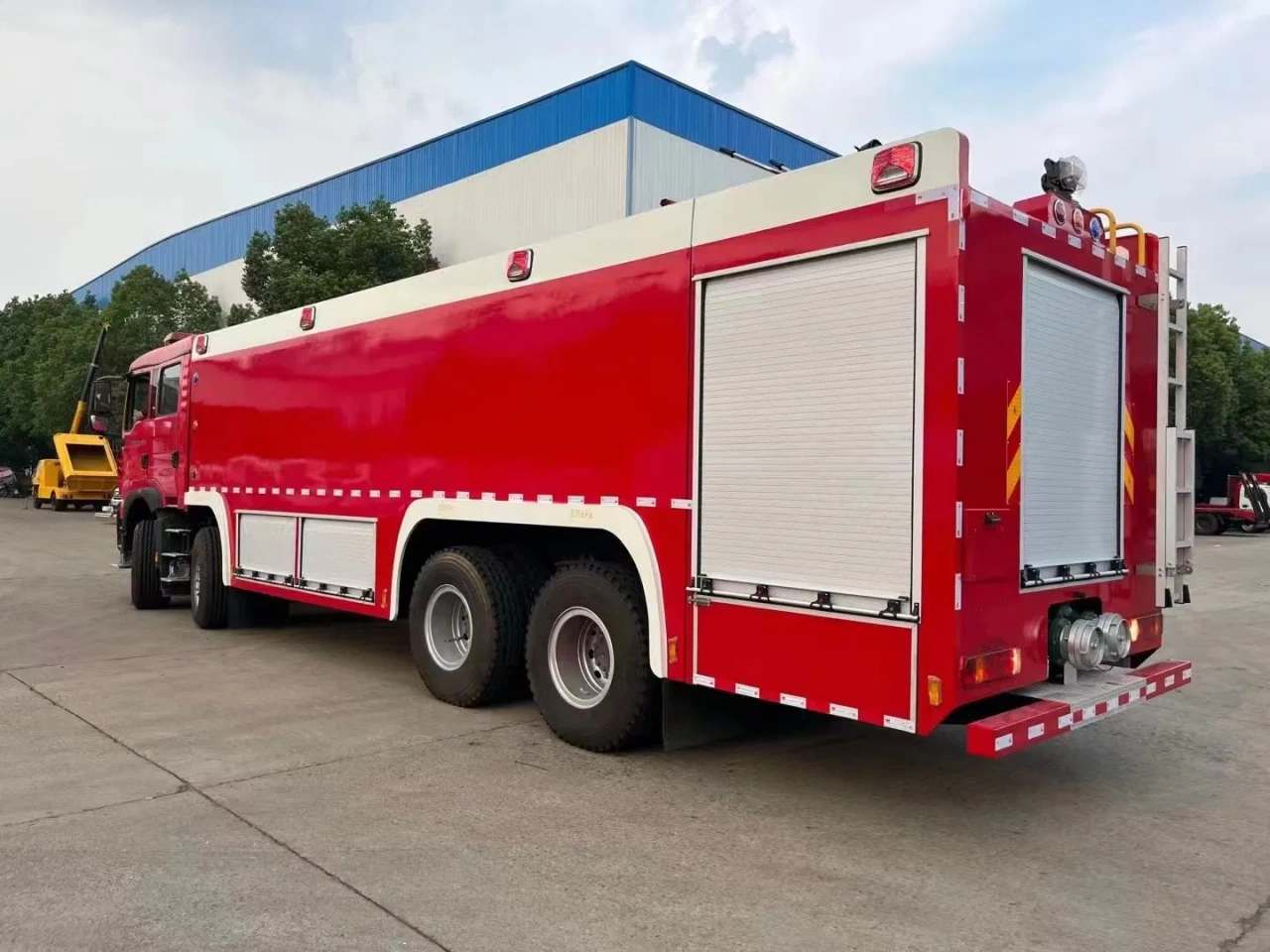
Design Considerations for Maximum Efficiency
When designing or selecting a pumper fire truck, several critical factors must be taken into account to ensure maximum efficiency:
a. Vehicle Size and Maneuverability
The size of the pumper affects its ability to navigate tight urban streets or rough rural roads. Departments often balance water tank capacity with overall vehicle weight and size. Smaller pumpers may be more agile but carry less water, while larger models offer extended operation times at the cost of maneuverability.
b. Engine Power and Drivetrain
The truck must have sufficient horsepower to handle the weight of water, equipment, and personnel, while still powering the pump system. 4-wheel-drive options are important in off-road or snow-prone regions, ensuring consistent performance in all environments.
c. Storage and Equipment Mounting
An efficient pumper must also accommodate essential firefighting tools such as axes, nozzles, breathing apparatuses, and ladders. Custom compartments, slide-out trays, and quick-access shelves are key features in keeping tools organized and within reach.
d. Durability and Maintenance
Since pumper fire trucks face harsh conditions, their components must be durable and low-maintenance. Stainless steel plumbing, rust-resistant body panels, and modular pump assemblies extend service life and reduce downtime.
Operational Efficiency and Crew Training
Even the most advanced pumper truck is only as effective as its crew. Proper training ensures that firefighters can deploy hoses, operate pump panels, and manage water supplies efficiently. Many departments invest in simulator-based training to familiarize operators with pump controls and troubleshoot pressure problems in a safe environment.
Standard operating procedures (SOPs) also play a role in efficiency. Pre-arranged roles, coordinated hose deployment, and communication protocols reduce response times and improve teamwork under pressure.

The Future of Pumper Fire Trucks
Looking ahead, pumper fire trucks are poised for further enhancements through automation, telemetry, and alternative powertrains. Fully electric or hybrid pumper trucks are already in development, promising quieter operation, lower emissions, and reduced fuel costs. Telematics systems can relay pump status and truck diagnostics in real-time to command centers, facilitating proactive maintenance and improving overall fleet readiness.
Advanced water mapping tools and GPS-integrated hydrant locators are also likely to be standard in future fire trucks, enabling crews to find the nearest water source without delay.
Conclusion
The efficient pumper fire truck is the cornerstone of modern firefighting operations. By combining powerful pumps, rapid deployment systems, and innovative technologies, these vehicles ensure fast and effective water delivery when it matters most. As fire departments continue to face evolving challenges—from urban megastructures to wildland infernos—the role of the pumper fire truck will remain critical. Through thoughtful design, rigorous training, and continued innovation, these machines will keep serving communities with speed, reliability, and unmatched firefighting power.
